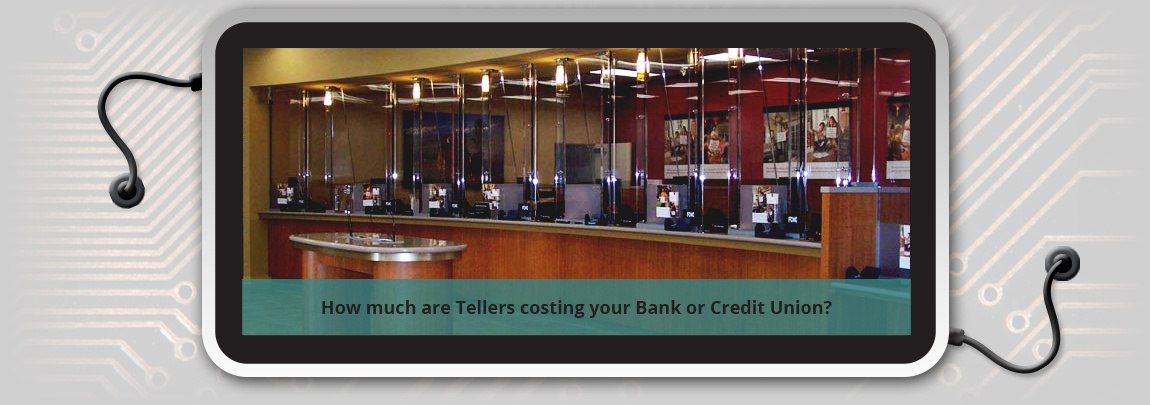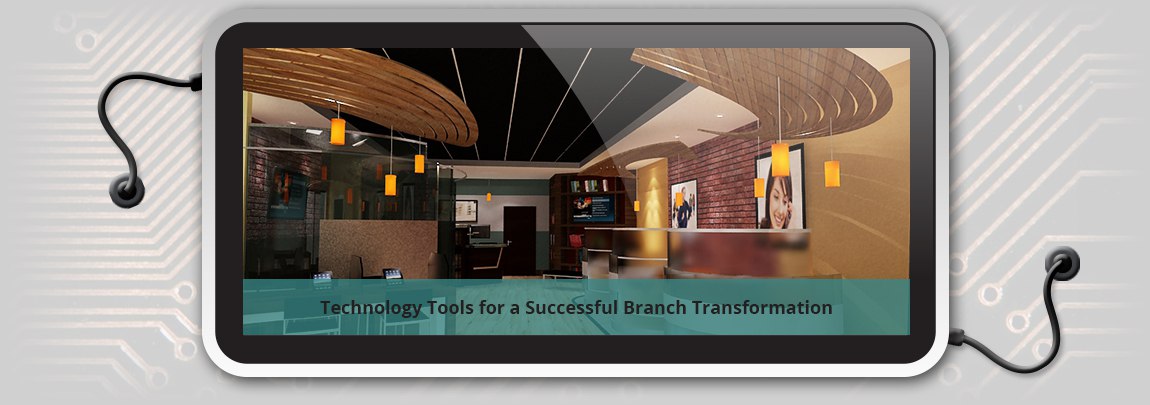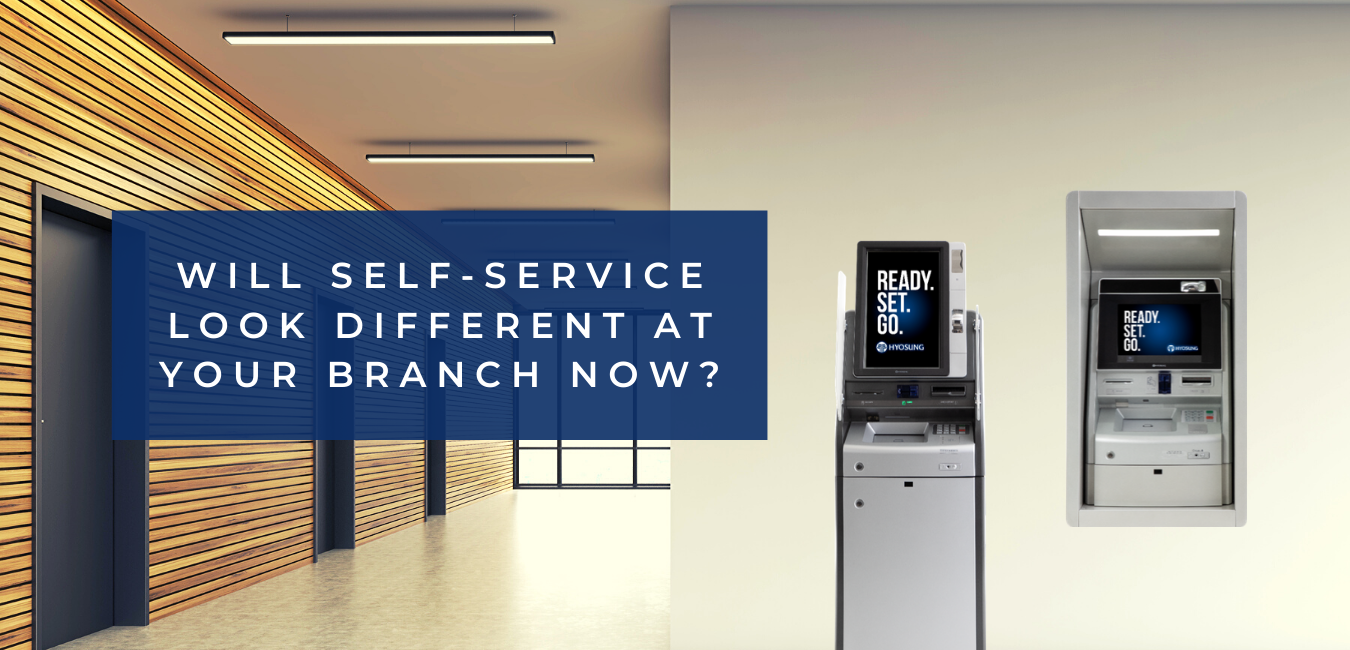Branch Transformation: 3 Reasons Financial Institutions Need Change
Remember the good old days before the Great Recession when revenues and profits were sky high and nothing could go wrong? Well, unfortunately those...
2 min read
 Sean Farrell
:
Aug 31, 2015 7:30:00 AM
Sean Farrell
:
Aug 31, 2015 7:30:00 AM


In today’s banking environment, the non-interest expense is a major concern for most CFOs we work with. Costs, Regulatory Compliance, Security, ROA, ROI, Stress Testing, Portfolio Stability, Efficiency Gains…. the list is constant and the pressure unrelenting. The CFO’s in today’s world not only have to manage the institutions investable assets, but also ensure that new investments and technology are driving costs down for operations as well. In this article, we focus on one of the key expense lines: Tellers.
The acquisition, start-up and year on year operational costs for delivering service across an array of channels is a reality and certainly an ongoing management challenge. While the retail branch is still the key delivery arm for consultation and greater that 70% of successful sales and capture rates of products and services to your commercial and retail customers, it is also the largest operational cost entity. These retail branch cost realities are due in great part to the human personnel or FTE expense (salaries, benefits as well as other adjacent costs including PTO, Sick, and Vacation Leave). We have consulted with serval FISs on how manage/lower their FTE expense while maintaing a high level of customer service. We explored this idea further in our blog article: 3 Reasons Why Financial Institutions Need to Automate Their Teller Line. In today’s branch environment, while operations teams have scaled back teller hours and physical presence to the very allowable (and secure) minimum’s there is still a need for more efficiency gains on the teller line.
While the cost of physical FTE’s is part of delivering the financial services required by your customers, we found that leveraging automation at the branch level is an excellent way to offload basic transactions that customers need to perform to a technology solution. For example, introducing no-envelope deposit ATMs can significantly improve the cost associated with the acceptance, processing and posting of deposits of both cash note and check items. Based on current averages we are seeing the cost of a Teller facilitating a check deposit in excess of $4.00 / per transaction, while by comparison, enabling the customer to conduct that same deposit at the ATM it falls on average around $.50 per transaction. A positive benefit also is a proven increase in deposits across the board typically averaging 30-40% with introduction of this type of solution.
Today’s tellers or universal staff are still valuable FTEs to your institution and the customer experience. However, if we can help migrate transactions to other channels or automate at the transaction level in the branch, we allow these FTEs to be more productive and generate a greater return on their time.

Remember the good old days before the Great Recession when revenues and profits were sky high and nothing could go wrong? Well, unfortunately those...

Whether you have already transformed the design of your branch or are looking to make a change, keep reading to learn more about the technology you...

As states re-open in some form or fashion in the coming weeks, many Financial Institutions are faced with the new reality of what to do with the...